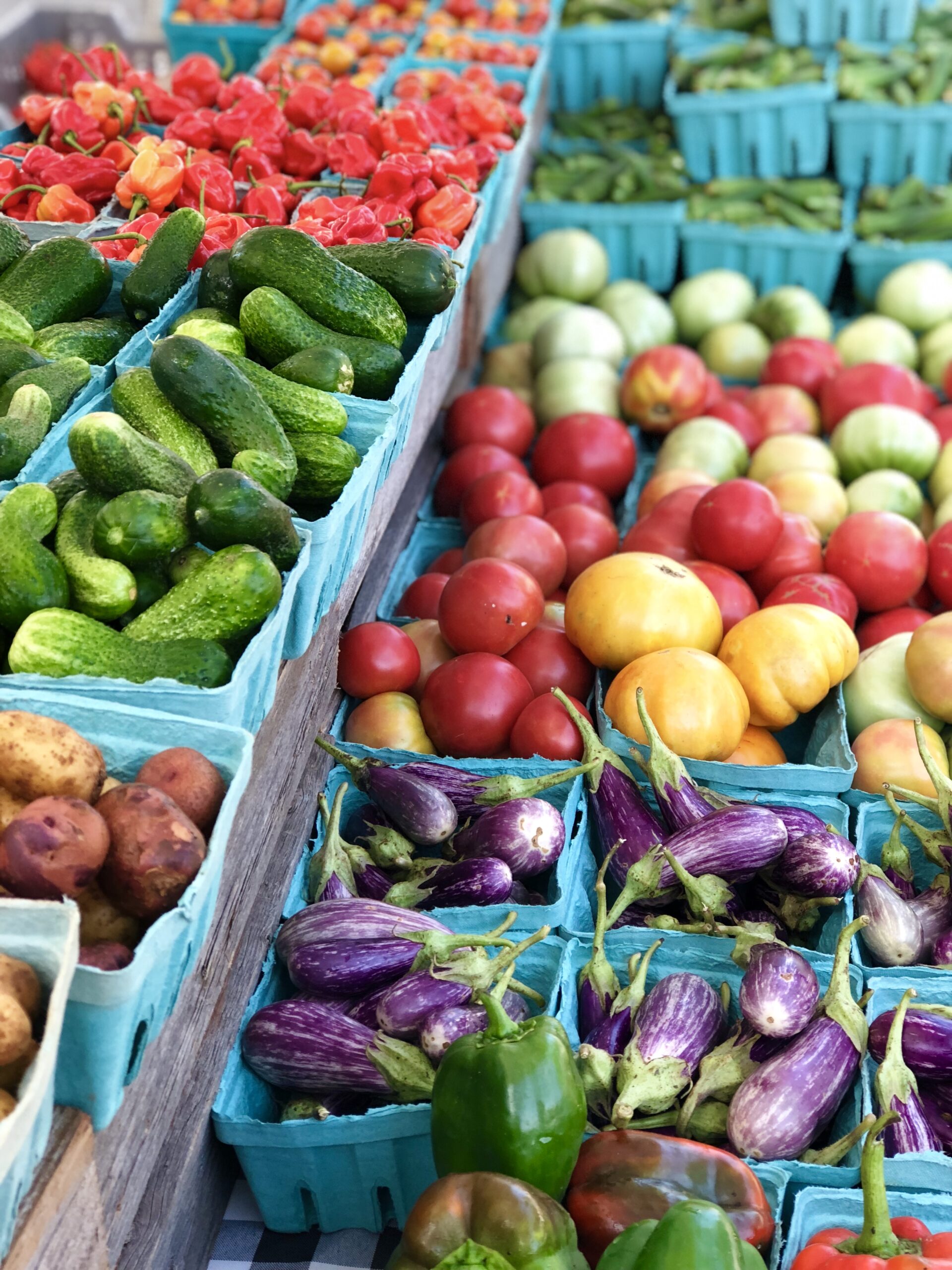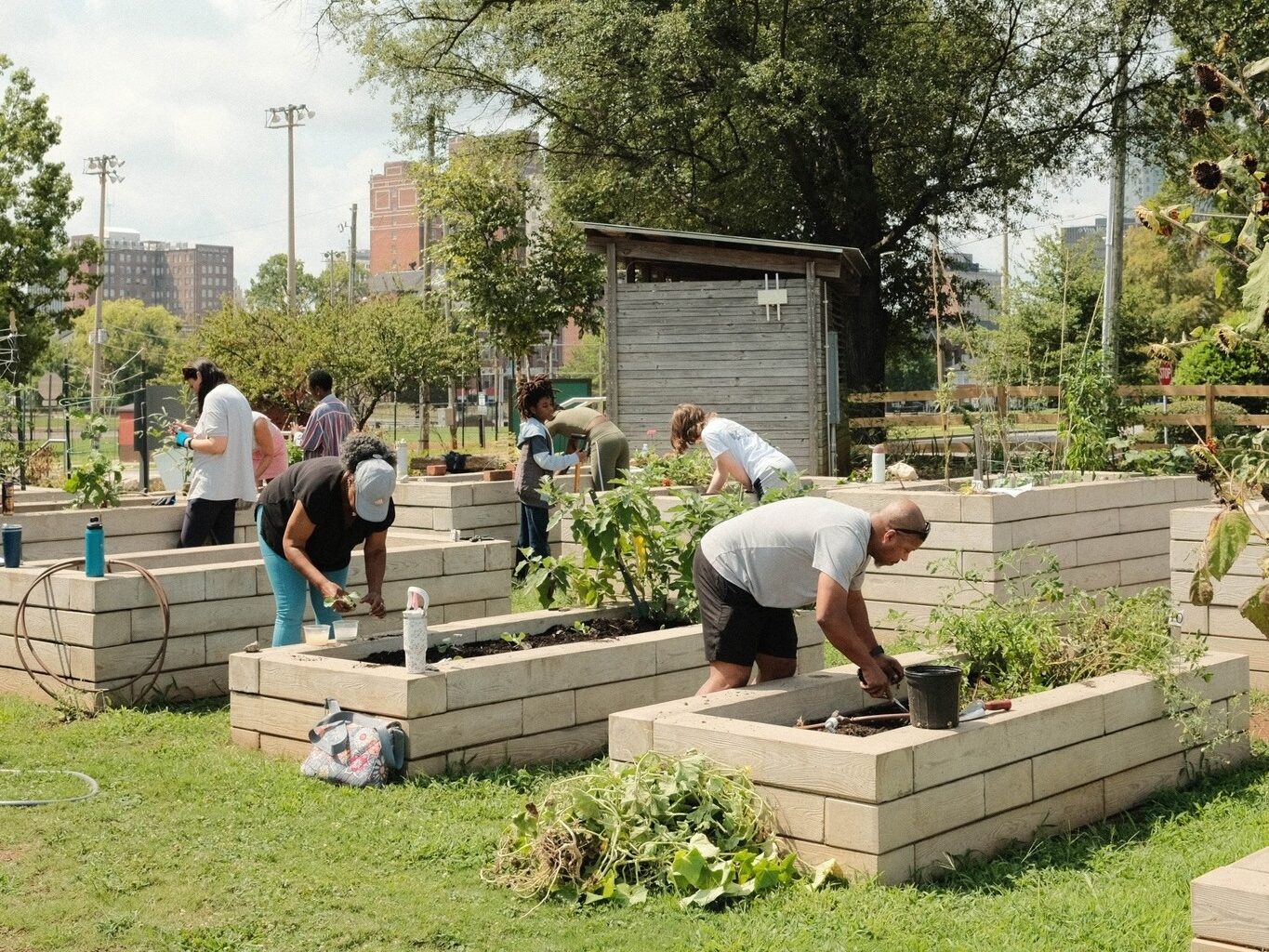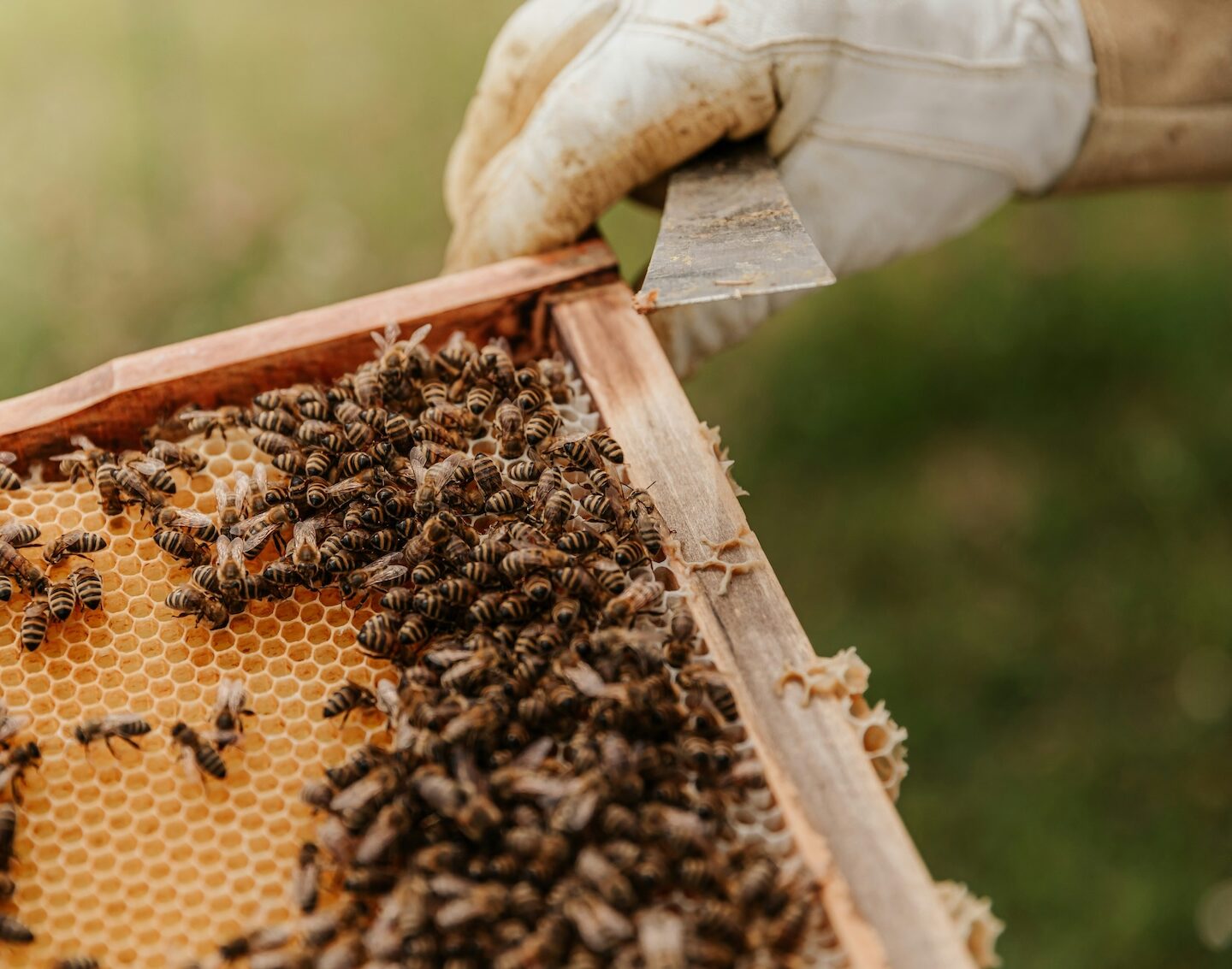It’s that time again, when we make resolutions for how we’ll live in the new year, and perhaps assess how we did with the goals we set 12 months ago.
As a culinary writer, my thoughts naturally turn to what and how I plan to eat and drink this coming year, while also providing readers some food for thought.
Here are five goals for 2022 that can tie into locally driven and sustainable food habits:
Eat more food grown nearby
In Alabama, we are blessed to have such easy access to homegrown food, especially vegetables and fruit. There are many reasons they should play a prominent role on the plate. Picked at or near the peak of ripeness—within 24 hours in most cases when buying from a local farmers market—they taste much better and are more nutrient-dense than their chain-grocery counterparts.
Eating seasonally has a flavor benefit too. Anyone who has tried a strawberry that was grown in South America—and shipped through a series of warehouses before reaching the supermarket shelf—knows it pales (literally and figuratively) in comparison to the juicy sweetness of a bright-red Alabama strawberry during its springtime growing season.
Finally, the far-flung network that produces and delivers commodity food generates a substantial proportion of overall greenhouse gas emissions that contribute to climate change. The farther food travels from farm to distribution center and on to the store, the bigger the ecological impact. Eating food grown within 100–200 miles and sold in your community lowers your carbon footprint.

(Pepper Place/Contributed)
Support more local producers
This ties into the above goal. We all decide who roasts the coffee we drink, who brews our beer or kombucha, and where we shop for food. Buy local.
That includes seeking out supermarkets that go out of their way to promote local products—sausages, produce, eggs, sauces, and condiments—like the Birmingham-area Piggly Wiggly stores. Farm stands like Andy’s and Murphree’s in Vestavia Hills specialize in farm-fresh food. Both pop-up and permanent farmers markets all over the state give local growers the customers they need to stay in business, especially while their restaurant clients continue to struggle. It’s a multifaceted win for our economy.
Keep more restaurant spending in the community
Consider spending most of your eating-out money at locally owned independent restaurants—fancy or down-home, barbecue or international. When eating fast food, consider choosing an Alabama-based chain like Milo’s or Jack’s, which keeps more of the money customers spend in this area than, say McDonald’s or Burger King.
Get more creative
A personal goal this year is to discover more cuisines from other countries, explore more regional cooking styles from this country, and broaden the types of libations I consume. By incorporating diverse dishes into your routine, you’re not only broadening your taste horizons but you’re also learning about other cultures while doing so.

(BLUEROOT/Facebook)
Eat healthier
Now here’s the challenge. Lifestyles change as we get older. We all need to eat more of this or drink less of that. But one of my culinary weaknesses is fatty cured meats. In my default diet bacon practically is its own food group. I’m not deluding myself and saying I’ll give up my porky indulgences, just cut back.
Incorporating more fresh vegetables, fruit, and meatless proteins in any diet can help to offset (to a degree) less-healthy choices. As the household cook, I know it’s more work to prepare several distinct vegetarian dishes than quick-firing a slab of meat and a modest side. But it’s worth the effort. My wife and I have big plans for after our children graduate from college and start their own households. A healthier diet is an investment.
Check back with me in 365 to see how I did on my culinary goals for 2022, and let us know what yours are.




